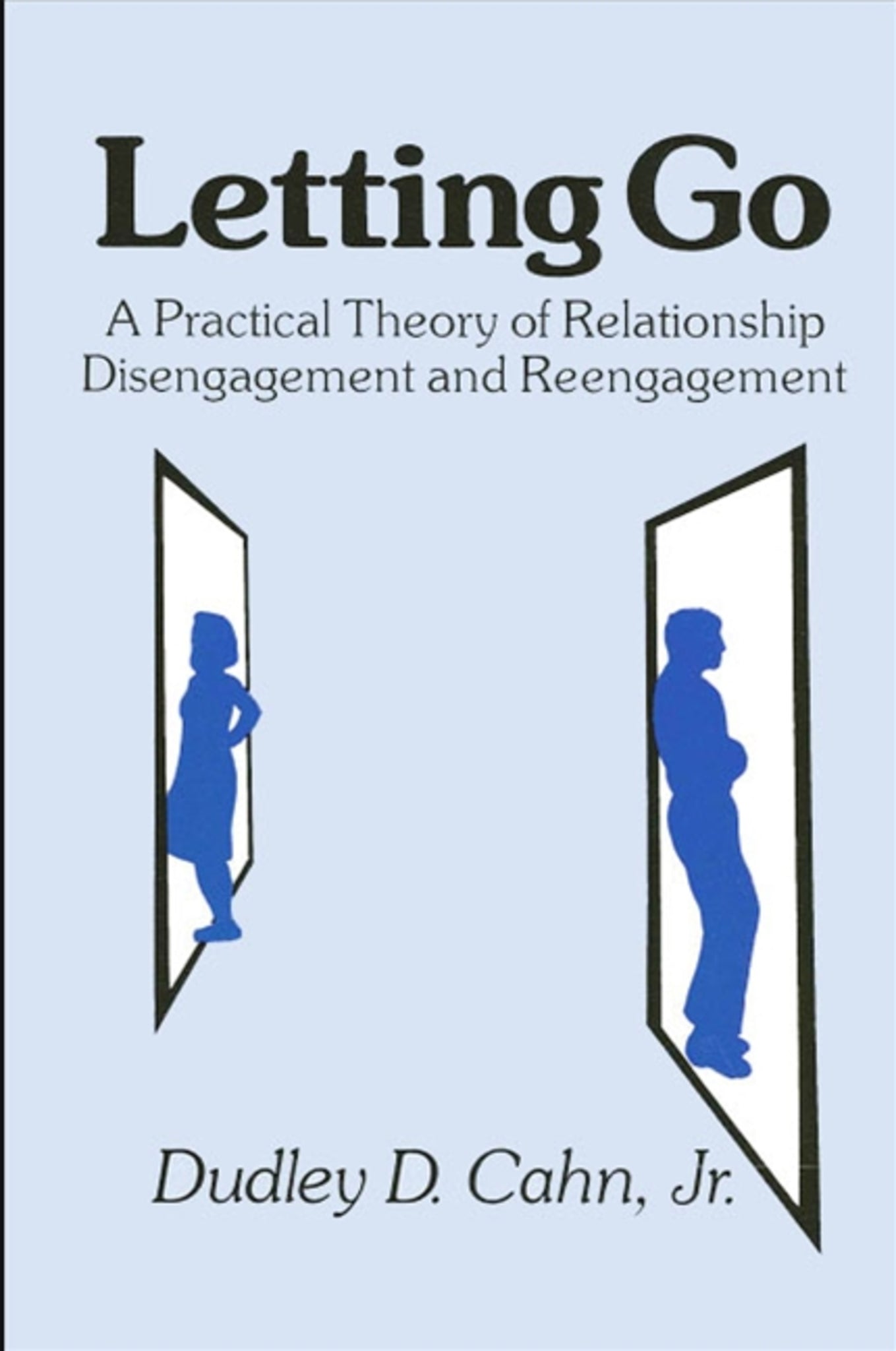We're sorry. An error has occurred
Please cancel or retry.
Letting Go

Some error occured while loading the Quick View. Please close the Quick View and try reloading the page.
Couldn't load pickup availability
- Format:
-
01 July 1987

While many books in the popular press deal with relationships, Letting Go is among the first to draw upon scholarly research to offer a theoretical perspective with practical implications. Cahn examines interpersonal relationship disengagement and reengagement by tapping the resources of social science literature. The result is a model for communication which seeks to achieve and maintain interpersonal understanding, while promoting communication behaviors that encourage growth of the individual and relationship satisfaction.
The author's integrated approach combines three models of relationship development; namely, quality communication, recognition and availability of more desirable alternatives, and degree of personal investments. He also surveys the literature on friendship, mateship, supervisor and subordinate relationships, and teacher-student relationships, and demonstrates that a quality communication environment, as measured by the Perceived Understanding Instrument, is crucial for understanding relationship disengagement and reengagement.


Preface
Acknowledgments
Part One
Overview of Part One
1. Feeling Understood in Interpersonal Relationships
Introduction2. On Maintaining One's Integrity in Developing Relationships
Feeling Understood as a Measure of the Normative Force of a Rule
The Lack of Feeling Understood in Relationship Disintegration
The Need for More Meaningful Interpersonal Relationship
The Measurement of Perceived Understanding
Summary
Introduction3. Communication Skills
The Nature and Scope of Self-Concepts
Interpersonal Communication and The Role of Self-Concept Support
Self-Concept Support and Types of Role-Taking
Self-Concept Rules: Guides to Communication and Relational Development
Specific Recommendations
Summary
Introduction4. Commitment Versus Letting Go
Key Communication Skills and the Communicator's Mental and Emotional Outlook
Behavioral Orientations
Advantages and Phases of The Collaborative Behavioral Orientation
Specific Recommendations
Summary
IntroductionPart Two Overview of Part Two
Quality Communication and the Nature of Relationship Satisfaction
Availability of Alternatives and the Nature of Commitment
System Constraints
Investment Size
Relationship Reassessment: When to Stay and When to Let Go
Specific Recommendations
Summary
5. Interpersonal Relationships as Rule-Bound Communication Systems
Introduction6. Friendship
Relationship Rules
Relationship Stages
Implications of a Rules Analysis for Relationship Growth and Deterioration
Summary
Introduction7. Marital Relationships: Marriage, Divorce, and Remarriage
A Quality Friendship Communication Environment
Friendship Self-Concept Support in General
Friendship Self-Concept Support: Males and Females
Friendship Development and Communication Competence
Friendship Reassessent: Key Communication Factors in Friendship Development
Summary
Introduction8. Supervisor-Subordinate Work Relationships
A Quality Marital Communication Environment
Marital Self-Concept Support in General
Self-Concept Support in Traditional and Nontraditional Marriages
Mateship Development and Communication Competence
Marriage Reassessment: Key Communication Factors in Marital Development
Summary
Introduction9. Teacher-Student Relationships
A Quality Work Communication Environment
Supervisor-Subordinate Self-Concept Support in General
Self-Concept Support in Traditional and Nontraditional Organizations
Relationship Reassessment: Key Communication Factors in Relational Development
Paradigm Tests
Summary
Introduction10. The Renegotiation of Interpersonal Relationships: A Theory of Reengagement and Relationship Development
Quality Teacher-Student Communication Environment
Self-Concept Support in Traditional and Nontraditional Classrooms
The Role of Perceived Understanding in Teacher Evaluation by Students
Summary
IntroductionReferences
An Integrated Approach to the Study of Human Communication
An Interpersonal Communication Model of Relationship Development
Relationship Reassessment: Key Communication Factors in Relationship Development
Summary
Author Index
Subject Index



